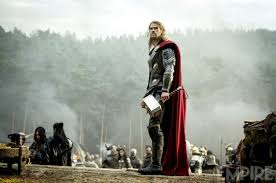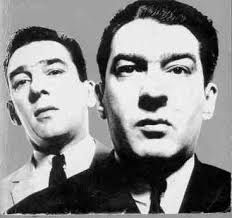Long Shot
A long shot displays the whole of the human figure, particularly in relation to the surroundings. Long shots are used to establish the scenery and the stature of the character usually at the beginning of a scene.
Medium Shot
Mid shots are used to show a characters costume or draw attention to certain actions in the scene. A medium shot will usually display approximately slightly more than the torso and head.
Medium Close up
A medium close up will contain a characters head and shoulders, this is often used to reveal the scene while still retaining the focus with the character. If used with more close up shots it can be used to
increase or decrease tension in a scene.
Close Up
A close up contains just a face or certain part of the body and can be used to show emotions that a character may be having. Close ups usually focus on characters of importance who have significance to the actions in the scene.

Extreme Close Up
A shot in which the focus lies on a single feature or object, usually to display its importance or to convey the characters emotion to the audience
Two Shot
A shot that contains two characters.
Low Angle Shot
A shot in which the camera is positioned below a character looking up at them. This shot can convey a characters size and dominance by making them look larger than they are.
High Angle Shot
A shot where the camera is positioned above the character looking down on them. This serves the purpose which is the opposite of a low angle shot and dwarfs the character in the shot to make them seem small and weak.

Over the Shoulder Shot
This shot is often used in scenes which feature conversation. It switches between views over the shoulder of the participants which allows the audience to see the scene from this characters point of view but can be used as a sense of mystery by hiding the face of one character whilst the other converses with them.







No comments:
Post a Comment